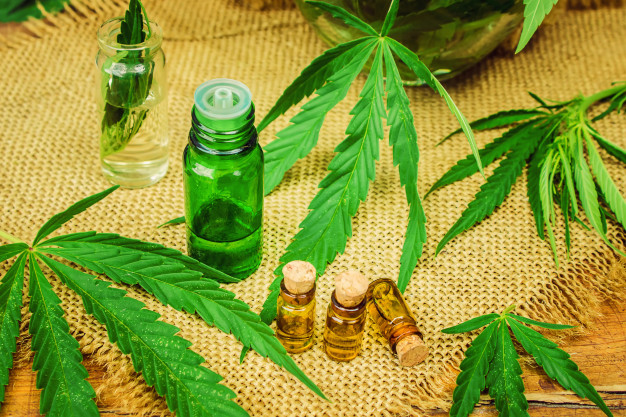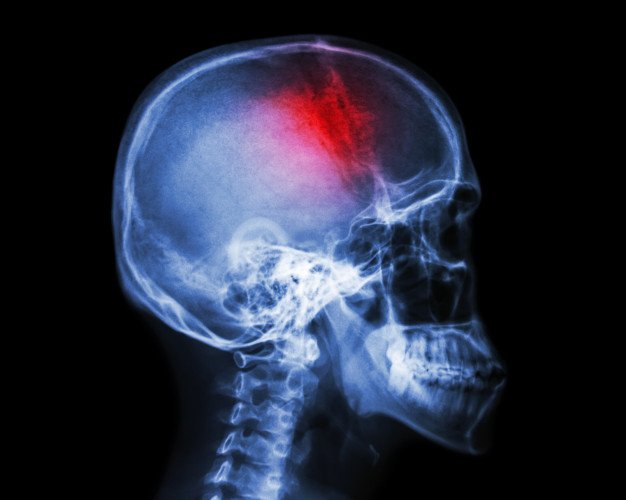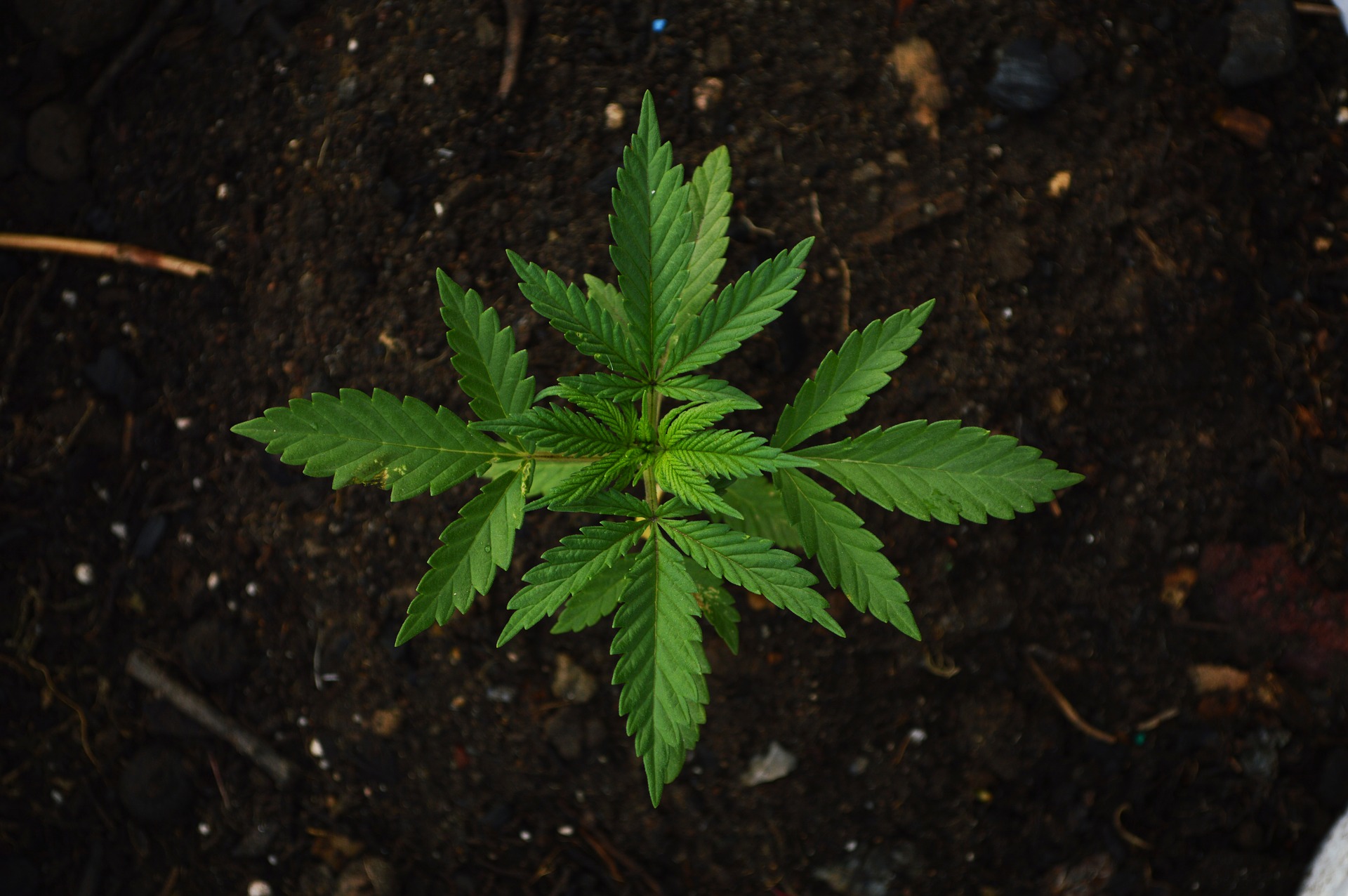As told by science and modern research, marijuana addiction is a chronic illness, and like any other chronic disease – hypertension, diabetes, asthma – long-term treatment is needed. However, marijuana addiction always has a possibility of relapse. The relapse rates of substance use disorders are between 40% and 60%, which are highly comparable to other chronic medical conditions.
However, don’t be under the impression that relapse can’t be prevented just because it’s common. An alcohol or drug relapse can quickly waste a lot of rehab work and can also be fatal. But don’t worry. If you’re struggling or if you know someone who’s struggling to avoid a relapse, then continue reading this article to learn about the steps you can do to prevent it from happening.
Marijuana Addiction Treatment: 5 Steps to Avoid Relapse:
Stages of Relapse:
You should know that relapse does not happen overnight; it’s a process. For you to understand how to avoid relapse, you’ll have to know its three stages. Relapse begins a few weeks or months earlier before it reaches its final stage. Here are the three stages of relapse:
- Emotional relapse – In this stage, your mind does not consider using marijuana again. However, your behavior and emotions are setting you up for a possible marijuana relapse. Here are some signs of an emotional relapse:
- Poor sleep and eating habits
- Isolation
- Anxiety
- Defensiveness
- Intolerance
- Mood swings
- Anger
- Mental relapse – It this stage, your mind will be torn about the dos and don’ts. There will be a part of you that wants to use marijuana, but there’s also a part of you that doesn’t. In the early stage of mental relapse, you’d idly think about using it again, and this gets worse as the mental relapse continues. The signs of mental relapse are:
- Lying
- Fantasizing
- Thinking about relapse
- Glorifying past use
- Hanging out with friends that use
- Physical relapse – In this final stage, you’d be physically using marijuana again. Some people only use once after realizing that they’ve made a mistake and try to focus again on recovery and moving forward. Unfortunately, there are others that will continue to use. In such a case, getting help is the best option.
Avoiding Relapse:
Here are 5 steps to avoid marijuana relapse:
1. Know and identify how to manage relapse triggers:
Relapse triggers can be anything. They can come from a similarly scented substance or simply just being with people that use. The triggers can also be a specific place, person, or emotion. These things can make you crave, think about, and use alcohol or drugs.
You can easily identify these triggers with the help of therapy sessions. A relapse therapist can teach you effective ways to cope up with triggers, keeping you away from drugs or alcohol when your cravings are fortuitously triggered. There are treatment centers in Los Angeles that provide recovery services, such as Nexus Recovery; these services can help you identify and manage relapse triggers and monitor your progress.
Here are some tips to manage or avoid triggers:
- Change your daily route and avoid passing through places that cause a trigger.
- Keep a list of people you can call when you’re feeling triggered.
- Practice relaxation techniques.
- Avoid triggering situations such as becoming stressed, lonely, tired, or hungry.
2. Follow a healthy lifestyle:
Avoiding relapse needs long-term commitment, and this commitment includes building a new and healthier lifestyle. This can be a long and difficult process, but making significant lifestyle changes has been seen to decrease the risk of relapse.
These lifestyle changes include learning and utilizing healthy coping methods for mental pressure and negative emotions, recognizing and managing mental illnesses if any, and promoting positive activities such as meditation, exercise, and art.
Here are some healthy lifestyle ideas:
- Avoid having too much caffeine or sugar.
- Plan and prepare healthy snacks and meals in advance to avoid becoming hungry.
- Write a journal and keep track of your mood and daily thoughts.
- Be active. Engage in sports or work out.
- Drink plenty of water.
- Practice gratitude.
- Find a new hobby.
3. Use appropriate medications:
With the ever-evolving addiction research, the development of medications that help patients to avoid relapse and manage their cravings was made possible. These medications, such as buprenorphine and methadone, when adequately used under supervision, can significantly decrease cravings and relapse urges. For some, taking these medications is the key to their relapse prevention and recovery. Talk to your doctor about taking such medications.
4. Undergo long-term treatment:
Just like any other chronic disease, your recovery will not be quick and easy, especially when recovering from substance abuse. Doing two months of therapy or medication will not guarantee that you’ll not start using it again. For better long-term results, getting involved in an intensive treatment within a suitable period of time will surely help you.
Participation and engagement in long-term addiction treatments have been known to help decrease the risk of relapse. A study involving more than a thousand patients found out that relapse rates decreased for patients who had continuous treatments, aftercare, and support group engagement.
5. Get a support group:
It’s essential to know that going through the process alone may not provide desirable outcomes in recovery. Keep your supportive friends, loved ones, and family close. Do your best to surround yourself with people who really care for you and people who don’t use drugs or alcohol. A crucial factor in your road to recovery is social support; it can significantly help you to recover fast and resist relapsing.
Here are some tips on how to create a good support network:
- Engage in recovery groups – You can search the Internet for marijuana recovery groups near your area, such as Marijuana Anonymous.
- Find a sponsor – A sponsorship is one recovering person sharing and talking to another recovering person. You will attend recovery group meetings regularly, discuss issues on the recovery, and work on recovering together.
- See a mental health or addiction counselor.
Closing Thoughts:
If you’re under treatment or recovering from substance abuse, you should be realistic and understand that a relapse can occur anytime. However, you should also do your best to avoid it by following these steps. In addition to these, always make sure to work with your counselor or therapist in developing an effective relapse plan. By following this plan in case of a relapse, you will be able to minimize its negative consequences.
Read Also:






















